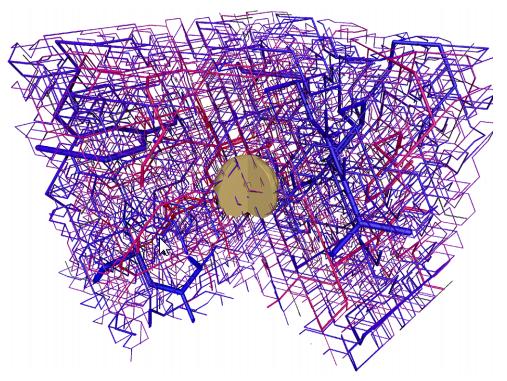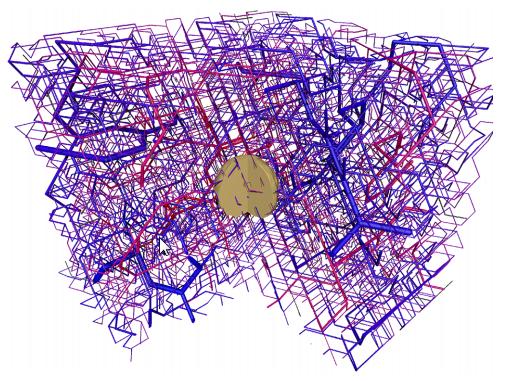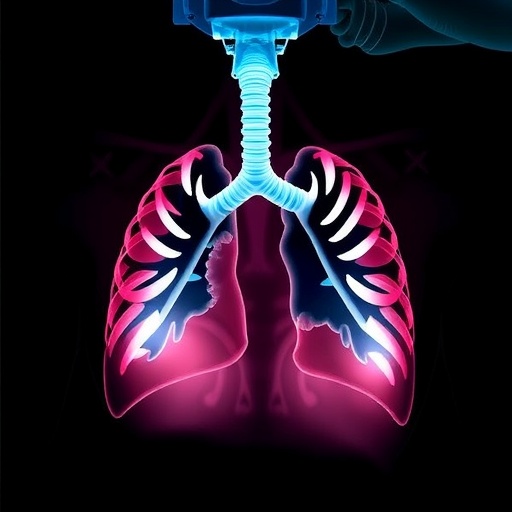
Credit: Springer
The tumor vasculature is a major target of anticancer therapies. Rieger, Fredrich and Welter at Saarland University, Germany have been pursuing a quantitative analysis of the physical determinants of vascularized tumors for several years [1]. With the help of computer simulations they have been able to recapitulate the knowledge accrued from in vitro research of tumor spheroids, animal models and clinical studies and have re-created a vascularized tumor system in silico.
They have recently released tumorcode, a software that assembles several known models into a multi-scale approach which allows to describe tumor growth at length scales relevant for clinical applications. The code and a detailed user manual are open and publically available, in the hope that further use and refinements will accelerate progress and discovery in the field.
In this EPJE Tips and Tricks paper [2] the authors present the technical aspects following the workflow of a typical simulation procedure. Importantly their approach allows the study of topological and functional aspects at the same time, which is relevant for therapeutic treatments.
The tumorcode source-code is available under open source license at: https://github.com/thierry3000/tumorcode
###
References:
[1] Rieger, H., Fredrich, T. & Welter, M. Eur. Phys. J. Plus (2016) 131: 31. https://doi.org/10.1140/epjp/i2016-16031-9
[2] Fredrich, T., Welter, M. & Rieger, H. Eur. Phys. J. E (2018) 41: 55. https://doi.org/10.1140/epje/i2018-11659-x
Media Contact
Sabine Lehr
[email protected]
49-622-148-78336
@SpringerNature
http://www.springer.com
Original Source
https://www.springer.com/gp/about-springer/media/research-news/all-english-research-news/tumorcode–a-software-to-simulate-vascularized-tumors/15731786 http://dx.doi.org/10.1140/epje/i2018-11659-x





